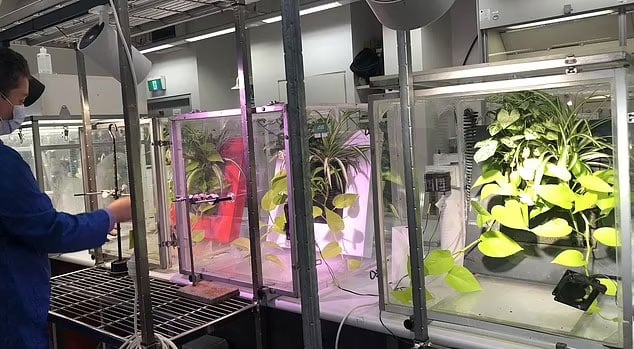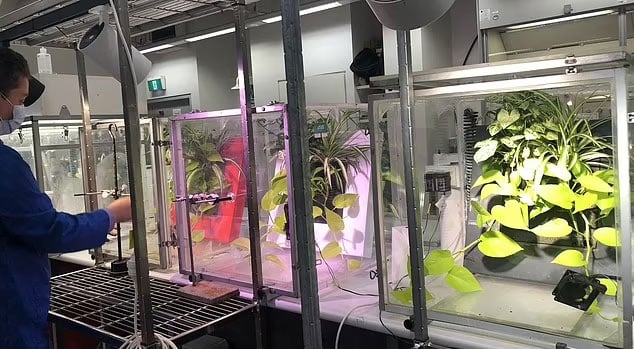

Sydney: A study has shown that having plants in your home can help reduce your risk of developing cancer.
Researchers from Australia’s University of Technology Sydney, in collaboration with a company called Ambius, found that houseplants can clean toxic fumes, including cancer-causing particles, from indoor air.
A first-of-its-kind study tested the ability of plants to clean up gasoline vapors. These vapors are one of the main causes of toxic compounds in buildings around the world.
The plants studied cleared 97 percent of harmful vapors from the air in just eight hours.
According to the World Health Organization, 3.2 million premature deaths occurred in 2020 due to indoor air pollution.
Inhalation of petrol vapors can cause lung inflammation, headache and nausea. Long-term exposure to these fumes has been linked to increased risks of cancer, asthma and other chronic diseases.
University researchers claimed that most people spend 90 percent of their time indoors at home, office or school, so improving air quality is important.
According to the researchers, many workplaces, homes and even schools have garages next to them, or these buildings are located next to a busy road or near a petrol station, resulting in the occupants of these buildings being exposed to petrol-related chemicals. faced on a daily basis.
Ambius built nine green walls for research. It is a vertical structure to which different plants and/or greenery are attached.
The researchers then exposed petroleum vapors to each wall and measured each chamber every hour to see how much of the toxic vapors were cleared by houseplants.
On observation, it was found that most of the vapor was cleared within eight hours, while the amount of the chemical continued to decrease after this period.
(function(d, s, id){
var js, fjs = d.getElementsByTagName(s)[0];
if (d.getElementById(id)) {return;}
js = d.createElement(s); js.id = id;
js.src = “//connect.facebook.net/en_US/sdk.js#xfbml=1&version=v2.3&appId=770767426360150”;
fjs.parentNode.insertBefore(js, fjs);
}(document, ‘script’, ‘facebook-jssdk’));
(function(d, s, id) {
var js, fjs = d.getElementsByTagName(s)[0];
if (d.getElementById(id)) return;
js = d.createElement(s); js.id = id;
js.src = “//connect.facebook.net/en_GB/sdk.js#xfbml=1&version=v2.7”;
fjs.parentNode.insertBefore(js, fjs);
}(document, ‘script’, ‘facebook-jssdk’));



